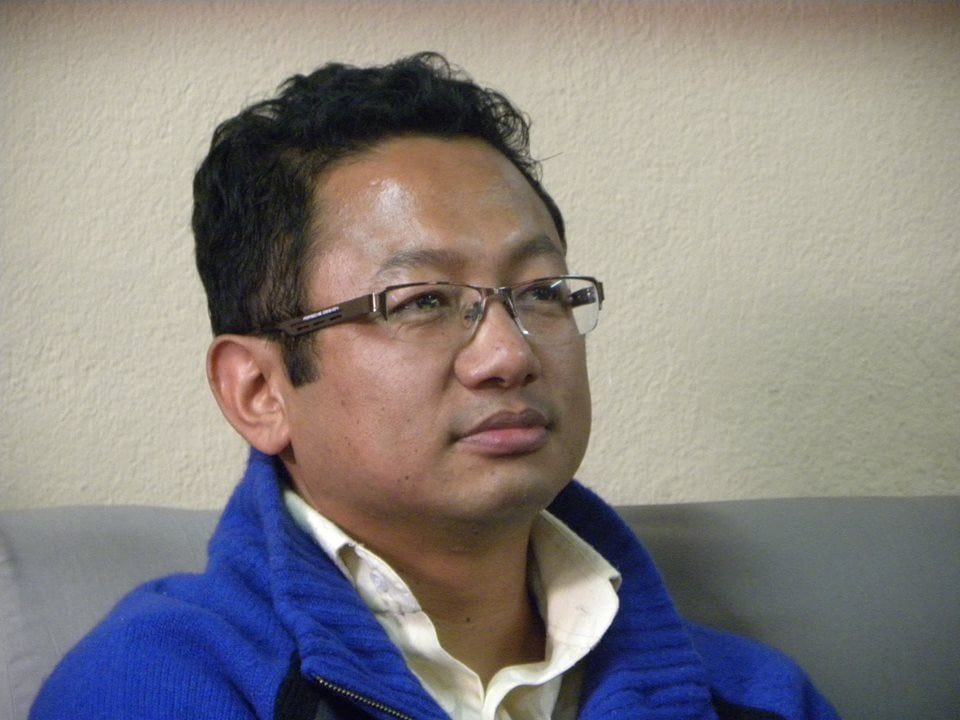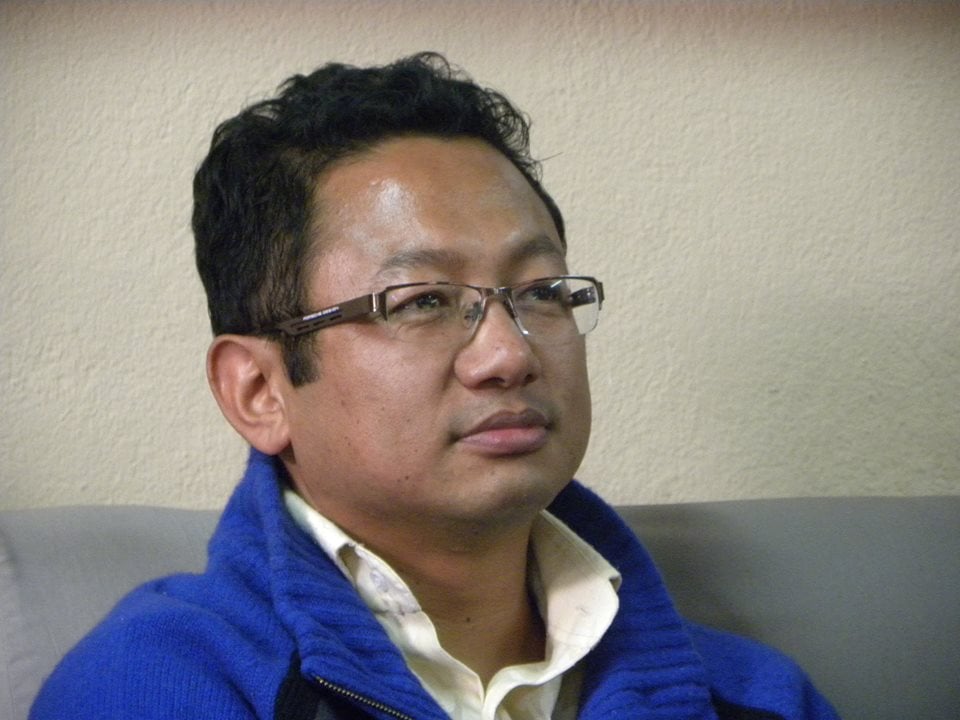Media and federalism debate: Trappings of imagined community

Media as a constituent of modernity is not free of implications of persuasions and motivations. Nepali press being a component part of the organic solidarity within the society, as Emile Durkheim points out, it is invariably interconnected with the capitalist order. Even otherwise, media professionals being human after all, they do fall into the trappings of certain self-imposed ethical principles, often driven by market and political interests.
Information being vital to informed participation of citizens in a democracy, a study entitled, Federalism debate and media in Nepal, was undertaken covering events in between 2005 and 2013 time frame. The study sought to i) assess the role of the Nepali print media in informing the public sphere on the issue of federalism, and ii) illustrate whether newspapers helped enhance public understanding on the prospects of federalism. The research studied editorials of two national dailies, markedly from the signing of the 12-point agreement to the holding of the second election to the Constituent Assembly.
New to federalism
If one were to look back, like other stakeholders, media too was new to the practice and prospects of federalism in Nepal. The media hence provided the platform for opinion makers to explain dynamics pertaining to federalism. Going by the views put across, some favored federalism as panacea of all problems while others believed federalism would open the Pandora's Box, even to give way to cessation and national disintegration.
Hence outlook on federalism was a mix blend derived from individual and collective aspirations and apprehensions. In spite of the dissent, for its proponents, federalism was inevitably linked to the wider issue of inclusion along with the redefinition of Nepali nationalism. Federalism was thus a highly politicized and contentious issue.
Divisive positions
For the divisive positions centered on ethnicity or identity based federalism, public discourse was colored in sharp distinctions. Invariably hence federalism became the single litmus test in the politics of polarization, dividing prominent activists, commentators and opinion makers into ‘regressive’ and ‘progressive’ camps.
For such animosity and distrust between the two sides, federalism became highly divisive issue. Such extent of labeling, slandering, and the bracketing into camps, it was made to appear as if the Nepali society had no moderates in between. It is herein that the Nepali press should have intervened, so as to inform and educate the public sphere, bridge in the gap and offer middle of the path alternatives.
But then the rhetoric on federalism, disseminated through the media evidently flared up the claims, counter claims and contentions therein. The interplay of class, status and power, coupled with the case of corporate media culture invariably had its part to chip in. Class connectivity was well reflected in the discourse on federalism, spread across the shift from a unitary state towards federated structure of governance.
Despite the fervent call and want for duty bound media, persuasion of print capitalism over journalists cannot be simply put aside. For the indomitable influence of large media concerns, as Max Weber points out, is interlinked with the indifference on part of the media and anonymisation of journalists.
The control of ‘large concerns’ or ‘big capitalist newspaper concerns’ in modern capitalism gives rise to, what Weber explains as principle of anonymity. Media in that respect turn ‘typical propagators of political indifference’ wherein the anonymity prevents journalists from gaining a reputation through their signature, relieving journalists from the responsibility over their output.
Story of confusion
As the editorial content established, media intervention on federalism was by far too little and too sparse to go by with. Federalism being a novel proposition for Nepal, media too was new to the issue. So apparently instead of taking the lead in informing the public sphere, Nepali press resorted to newsmakers to narrate the story through their prism. Therefore when political actors, activists among other opinion makers took the center stage, contradictory, divergent and at times extreme views were disseminated through the media. Going by the sound bites, it appeared as if there was no moderate view on federalism, and moderates didn't exist, or didn’t matter whatsoever.
In the absence of the middle ground, as for the views featured in the media, federalism discourse albeit involuntarily got accentuated in either black or white. So as positions hardened, the debate simply boiled down to: for or against ethnicity based federalism. Drastic views, conflicting claims, and contradictory rhetoric were exchanged in the press.
One position promoted federalism as one-point solution for inclusion and equality while the opposing viewpoint propagated the apprehension, federalism will disintegrate if not secede the country. Such divergence rather than rightly informing, confused the masses.
Anonymous watch dog
Corporate media is profit based entity interconnected and interdependent to other components of the society. For the class consciousness, social class and the capitalist order in play, Nepali press could not have possibly stayed oblivious of political and market influences.
It is evident media had little to cover or offer as far as compromised solutions and middle of the path alternatives go by. So rather than overcoming confusion, misconception or bolstering public understanding on the sensitive issue of federalism, effective media role was obscured in anonymity, as explicated by Weberian theory.
Anonymisation may have relieved journalists from the responsibility over the content of the output. But the propagation of silence and abstinence implicitly helped sustain the status quo. The indifference invariably stole the bite from the proverbial watch dog. The unwillingness on part of the Nepali press however goes deeper and encompasses more than what meets the eye. Though involuntarily, the media incidentally fell into the trappings of the community that the media instrumentally helped construct and imagine.


Leave Comment